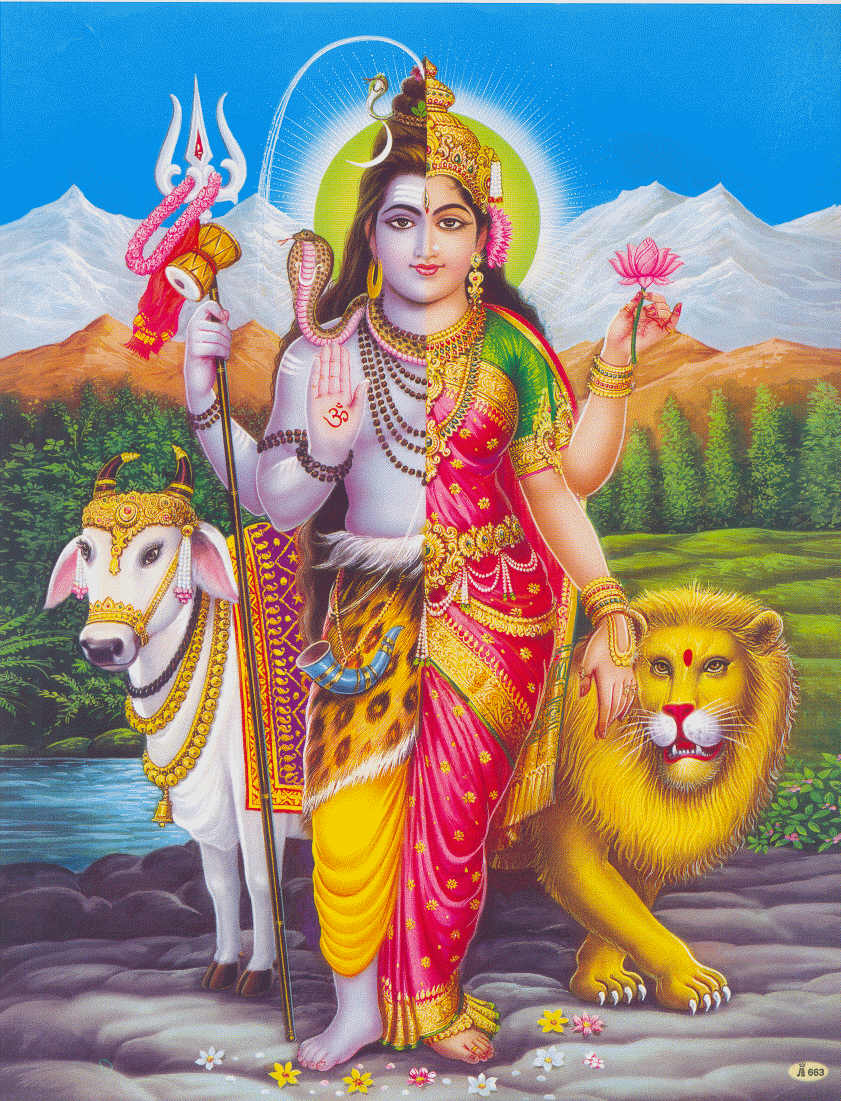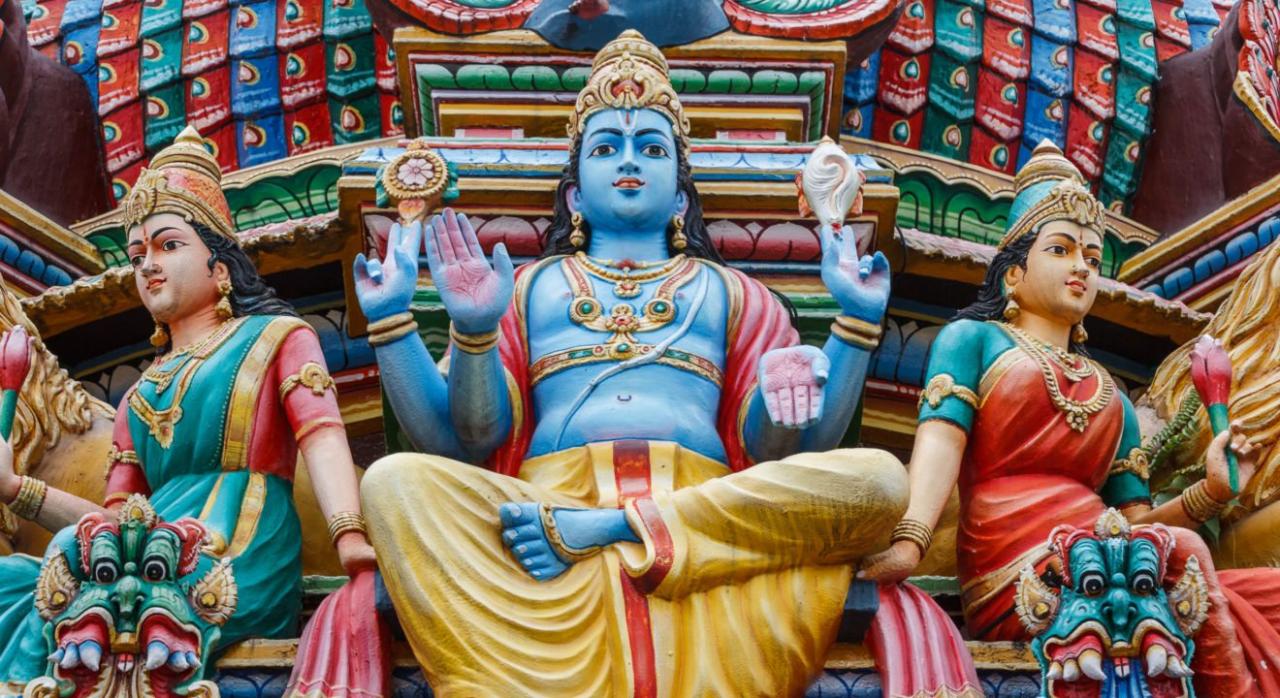Languages and Literature
There are about 216 languages
There are about 216 languages in India, practiced and used by about 10,000 people, and they exist due to regional multipolarity; however, in fact, 22 Lengs are officially recognized in this country.
Almost entirely, these languages descend from two main language families: Dravidian, which is centralized in the southern region, and Indo-Aryan, which is becoming more modern in the northern region of the country.
In addition to these, there are dialects of various unrelated language families, such as Munda and Tibeto-Burmese, which are limited to small areas within India.
However, the constitution of India establishes Hindi and English as the official languages of the state.
In addition to the last two, there are 22 languages that also have official recognition and their use is associated with them at the regional level.
Similarly, it is worth noting that Sanskrit is the traditional language of India and Southeast Asia, which gives it a character or similarity to the role that Latin or Greek plays in Western society and culture.
This language, in turn, is the subject of research, including in Japan and the Western world, motivated by its cultural and religious significance.
You also have old Tamil which is a traditional language belonging to the Dravidian family. This country has so many languages (official or unofficial) that, despite the times, millions of people in every region continue to share their traditions and everyday usage.

Literature
The original works of Indian literature were originally revealed orally, but later they were reduced to texts.
The collection of these works contains Sanskrit literary texts such as the early Vedas, historical narratives such as the Mahabharata and Ramayana, the Abhijnana sakuntala drama, poems such as the Mahakavya, and writings from the literature of the old Tamil Sangam.
Epics
The most popular ancient poems in India are the Ramayana and the Mahabharata. These scriptures have been copied in various Asian countries such as Malaysia, Thailand and Indonesia.
In the case of the Ramayana, this text consists of about 24 thousand verses, and in the tradition of Rama, it tells about the god Vishnu, whose beloved wife Sita is kidnapped by Ravana, the king of the demons of Lanka.
This poem played a very important role in establishing the Dharma as the driving force behind the Hindu way of life.
As for the ancient and extensive script of the Mahabharata, it is believed that it may have been created around 400 BC and it is assumed that this text adopted its current structure around the beginning of the Gupta temple.
Some reformed texts were received as well as unrelated verses such as: Rama Mataram in Tamil, Pampa-bharata in Kannada, Rama-charita-manasa in Hindi and Adhyatma-Ramayanam in Malayalam.
In addition to these two great poems, there are 4 other significant poems written in Tamil:
- Silappatikaram
- Manimekalai
- Chivaka Chintamani
- Valayapati
Social organization of Hindu culture
Prior to this, the Hindu territory was divided into several independent kingdoms, which were ruled by the representation of the king, the Brahmins and the feudal elite.
The king, considered divine in origin, had complete control over the ruling monarchy, while Brahmins were appointed to carry out the functions of administering justice in these kingdoms.
As for the feudal elite, it consisted of petty officials who controlled large territories. The social structure is primarily based on law, custom, and religion, and is divided into:
Brahmins
They were represented as priests with great wisdom, therefore, they had power and privileges. It was believed that their origin was from the mouth of the god Brahma, so they taught worship and the Vedas.
Chatriya
Noble warriors born from the hands of the god Brahma.
Vaishya
Are made up of merchants, experts, and agriculturists hailing from the extremities of the Supreme Brahma.
Shudra
Descendants of the native Dravidians descended from the feet of the god Brahma, and their role was to serve the caste descended from the conquering Aryans.
The social structure of the Hindu culture corresponds to the Code of Manu, which in 18 chapters dictates the standards of behavior of the Hindu society.
Social aspects

Arranged marriage
Arranged marriages have existed for centuries in Indian civilization. for most of this society, their marriages were planned and arranged by their parents and other close relatives, although the final approval was almost always given by the future husbands.
In ancient times, marriage took place when spouses were still very young, mostly in Rajasthan, but with modernism the age increased and laws were passed to regulate the minimum age for marriage.
In almost all marriages, the bride’s family pays a dowry to the groom or the groom’s family. As was customary, dowry was considered the bride’s share of the family’s wealth, since the daughter had no legal title to her biological family’s estates.
Similarly, the dowry contained transportable goods such as jewelry and household items that the bride could dispose of during her lifetime.
In the past, most families passed on family property only through the male line. Since 1956, Indian laws have been established that treat men and women equally with respect to inheritance in the absence of a valid will of the deceased.
Greetings
As for greetings, there are many ways to express them, depending on the region of the country in which you are located, these are:
- Telugu and Malayalam: namaste, namaskar, namaskara or namaskar.
- Tamil: vanakkam
- Bengali: nomoshkaar
Assamese: nomoskarAs for the word nomoskar.
it is a general term for a verbal greeting or salutation, but some consider it a bit old-fashioned. As for the term namaskar, it is considered a slightly more formal version of namaste, but both express deep respect.
The greeting is commonly used in India and Nepal by Hindus, Jains and Buddhists, with many still using it outside of the Indian subcontinent. In Indian and Nepalese cultures, this word is written at the beginning of written or spoken communication.
However, the same gesture with folded hands is done silently when saying goodbye or leaving. Which gives the literal meaning of “I bow to you”.
An expression derived from Sanskrit (namah): worship, obey, worship and respect and (te): “you”. As one Indian scholar explains, namaste literally means: “The divinity that lives in me worships the divinity that lives in you” or “God that lives in me salutes the divinity that lives in you.”
